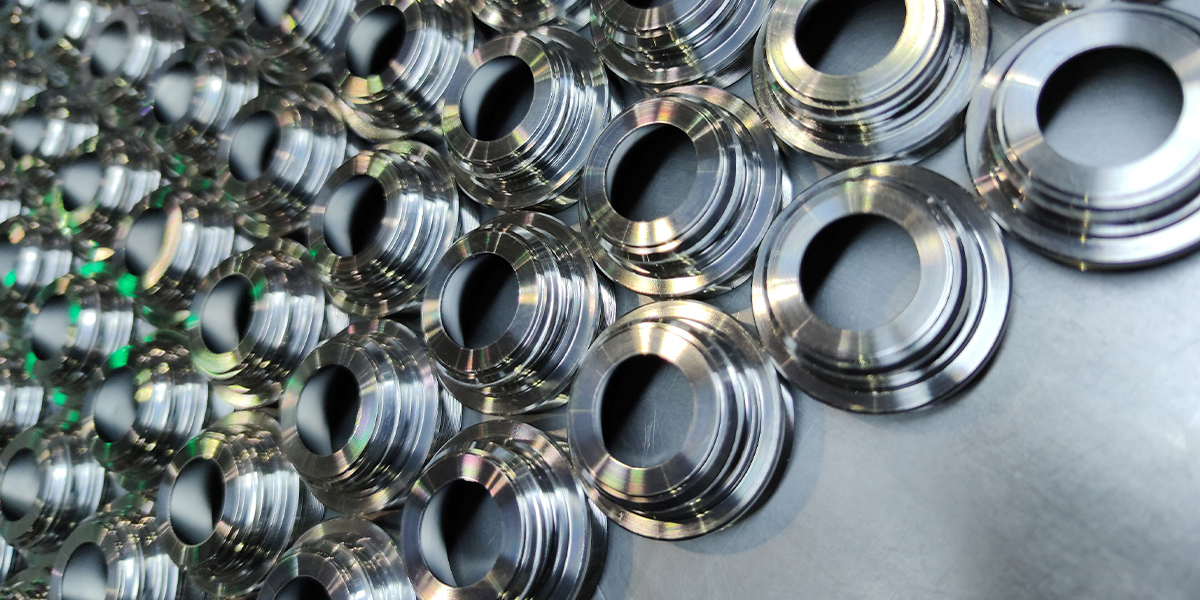Hard Turning vs. Grinding: What are the Facts?
Within the metalworking industry, there is no shortage of precision machining techniques. In recent years, there has been the introduction and increased use of hard turning as an alternative to precision grinding for achieving better finishes. This is why we wanted to talk about hard turning and how it truly compares to grinding.
>> DOWNLOAD OUR LANDING GEAR COMPONENTS CASE STUDY <<
Hard turning is simply defined as turning a part or barstock harder than 45 HRC on a lathe or turning center. Since surface roughness of Rz = 1.6s can be achieved, this can be viewed as a viable alternative to grinding.
Let's take a look at the advantages grinding has over hard turning. First, grinding is a widely known process. Independent of their shape, most workpieces can be ground. Hard turning, on the other hand, has geometric limitations, which is the case for long and thin components.
While hard turning is an option for finishing parts, it's not the preferred one. Precision grinding processes can achieve a 6 Ra surface finish, hold a size tolerance of less than 0.0002 inches, and grind parts to within 30 millionths roundness. Hard turning can't achieve these benchmarks.
The next advantage is that for ceramic and carbides, grinding provides a more stable and cost-effective option. See, if you were to hard turn these materials, you would need diamond inserts. Rapid wear and chipping of the inserts results in size variation or scrapped parts. This means added downtime to change inserts and/or re-establish part size. Grinding these materials requires diamond-grit wheels will still cause the wheel to wear down gradually, but the wheel can be dressed to expose fresh diamond grits without substantial stoppage of production.
 Hard turning can be used to drop parts like these rings complete. However, for other parts grinding is the optimal choice.
Hard turning can be used to drop parts like these rings complete. However, for other parts grinding is the optimal choice.
One of the common reasons why manufacturers will choose grinding over hard turning, though, is that they are required to. Sometimes, a customer will specify grinding be used in the production of their parts, this is especially common in the automotive, medical, and aerospace markets.
When it comes to grinding, it's always worth remembering the wide variety of applications grinding has. Recall that grinding can be used on a variety of geographic shapes, while hard turning has some geometric limitations. For grinding, wide surfaces can be finished effectively, often with a single plunge grind operation. Dedicated cylindrical ID and OD grinding is also indispensable in high-volume applications.
Now, like with other machining techniques, choosing one over the other is not always quite as simple as "grinding is always better." These decisions usually require expertise in both grinding and turning. So while we are experts in precision grinding and we have made our preference for the grinding process no secret, we will always give you our honest input on your next demanding project.










